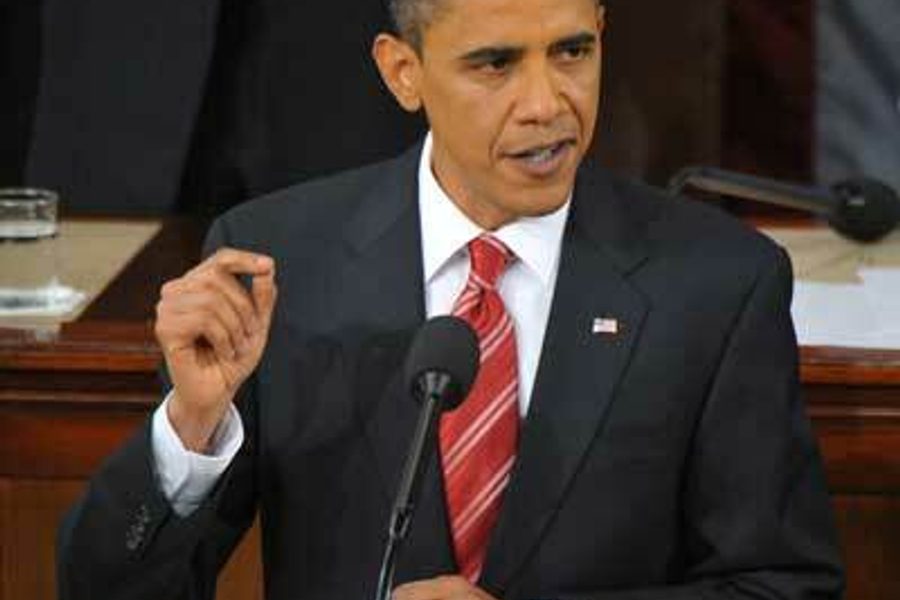
Beyond anecdotes, proof of green jobs stimulus success hard to find
In his State of the Union address this week, Obama defended the American Recovery and Reinvestment Act and pointed out a Philadelphia window manufacturer that has added two shifts since the stimulus bill was passed, thanks to weatherization credits which have sparked demand for energy efficient windows.
Northeast Building Products, the company Obama was referring to, increased their staff from 185 to 285 in the past year. Businessman John Haddon bought another Philadelphia company, Accu-Weld in 2009, after it had laid off 70 employees because of the crashing building industry. Last August, Haddon said increased demand for energy efficient windows because of the stimulus had allowed him to increase existing employees’ work weeks from 32 to 40 hours. He hoped to rehire previously laid off workers.
And then, of course, there’s Serious Materials in Chicago, formerly Republic Windows and Doors (of factory occupation fame).
Serious Materials is also hoping the stimulus will mean about 200 workers can be rehired. The California-based company bought Republic Windows hoping to hire all the Chicago workers back last summer, but so far fewer than 30 have actually been rehired. CEO Kevin Surace is confident that will change in coming months. (Read more here.)
His company also purchased and in March 2009 reopened a shuttered window company — again in Pennsylvania — banking on the stimulus. Serious Materials called it a “Stimulus Success Story” and had predicted 100 former employees and up to 200 workers total would be hired at the plant by the end of 2009, for a total job creation of up to 400, including supply chain effects.
But this announcement was a prediction. It isn’t clear if the reality has lived up to hopes.
I know politicians often rely on a handful of emblematic, heartwarming stories told in soundbites to make the case for complicated large programs or policies. But after hearing the administration highlight two or three window factories time after time as proof positive of the stimulus’ success, I have to wonder why there aren’t more examples to share — like solar panel and wind turbine plants springing up to utilize the workforces and infrastructure of de-industrialized cities.
I know such capital-intensive projects take longer to get off the ground than the sparking of demand for an existing product like energy efficient windows. But the fact that even the window business has seen the effects of the stimulus play out much more slowly than they had hoped doesn’t build much confidence that the stimulus is now or will ever really be creating permanent green jobs by the thousands.
All the more reason for the jobs bill — which would fund direct rather than indirect job creation — that labor leaders have long been pushing for and that Obama also promised in the State of the Union. A lot of promises were thrown out during the speech. We’ll see if this one will lead to more immediate, and measurable, results.
Kari Lydersen is a Chicago-based journalist, author and assistant professor at Northwestern University, where she leads the investigative specialization at the Medill School of Journalism, Media, Integrated Marketing Communications. Her books include Mayor 1%: Rahm Emanuel and the Rise of Chicago’s 99%.








